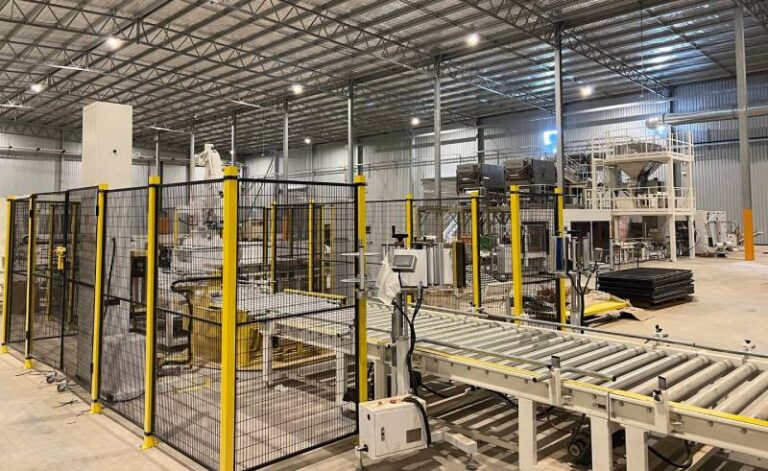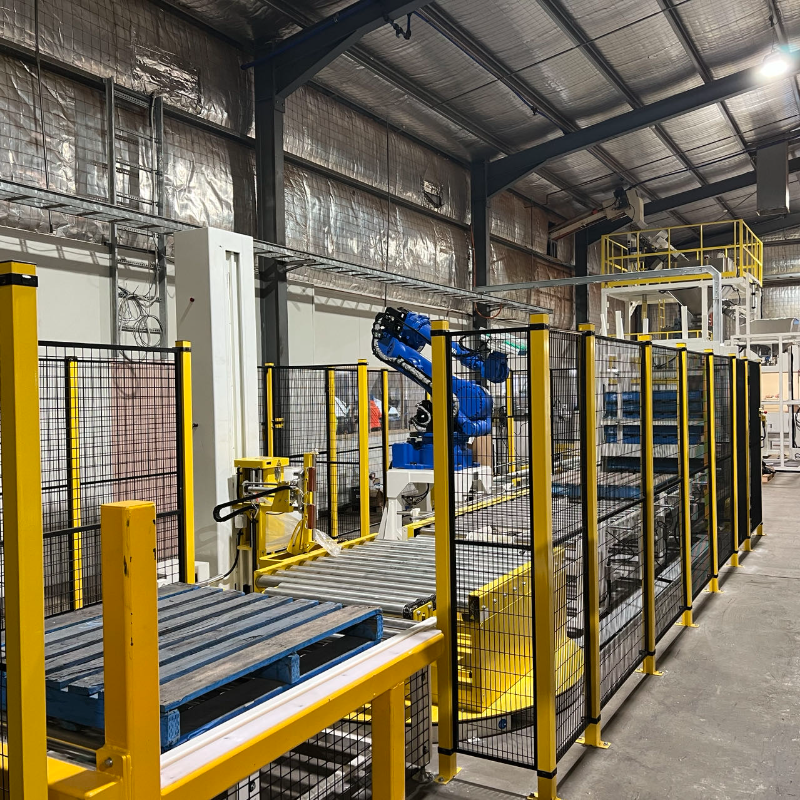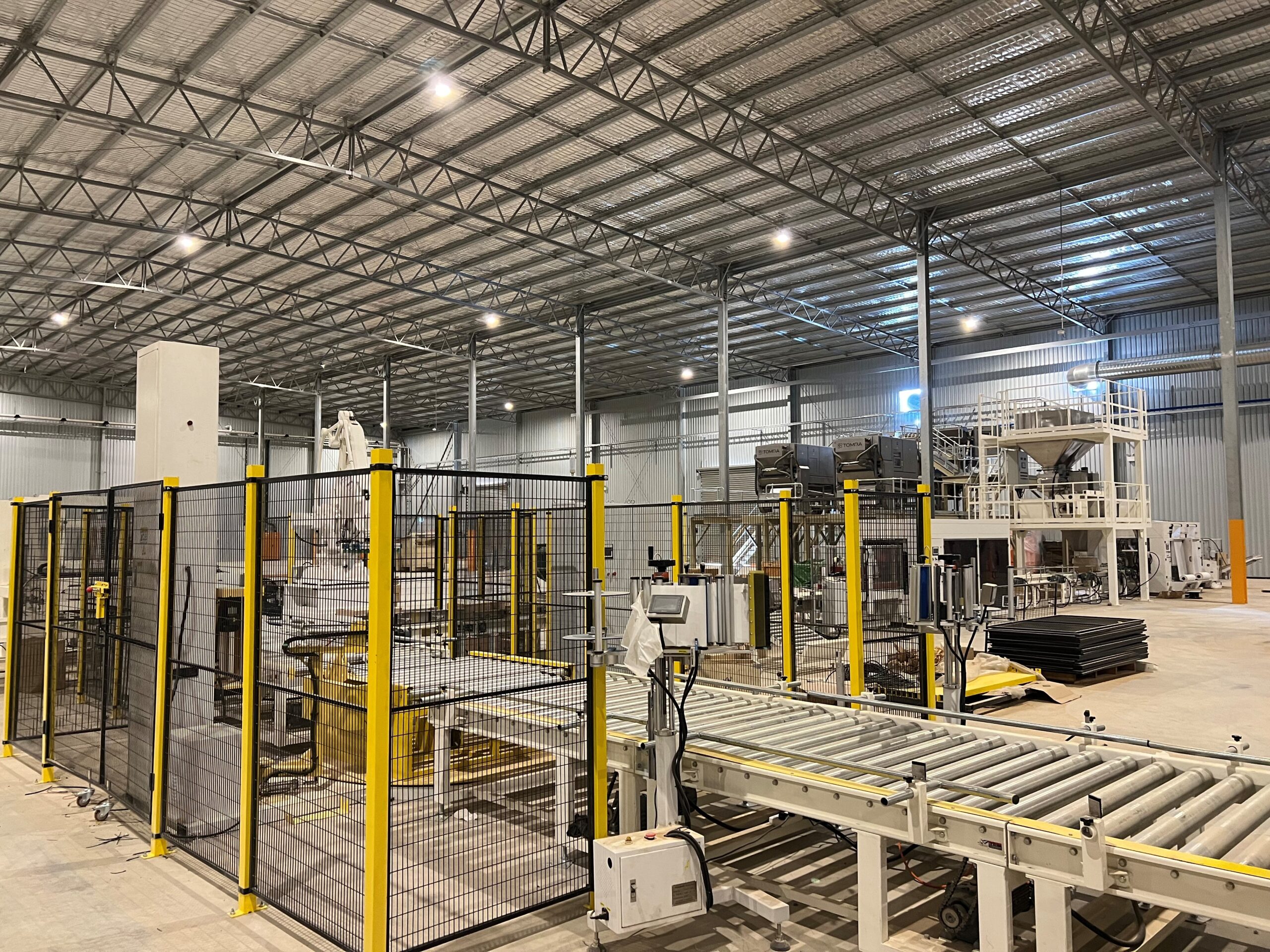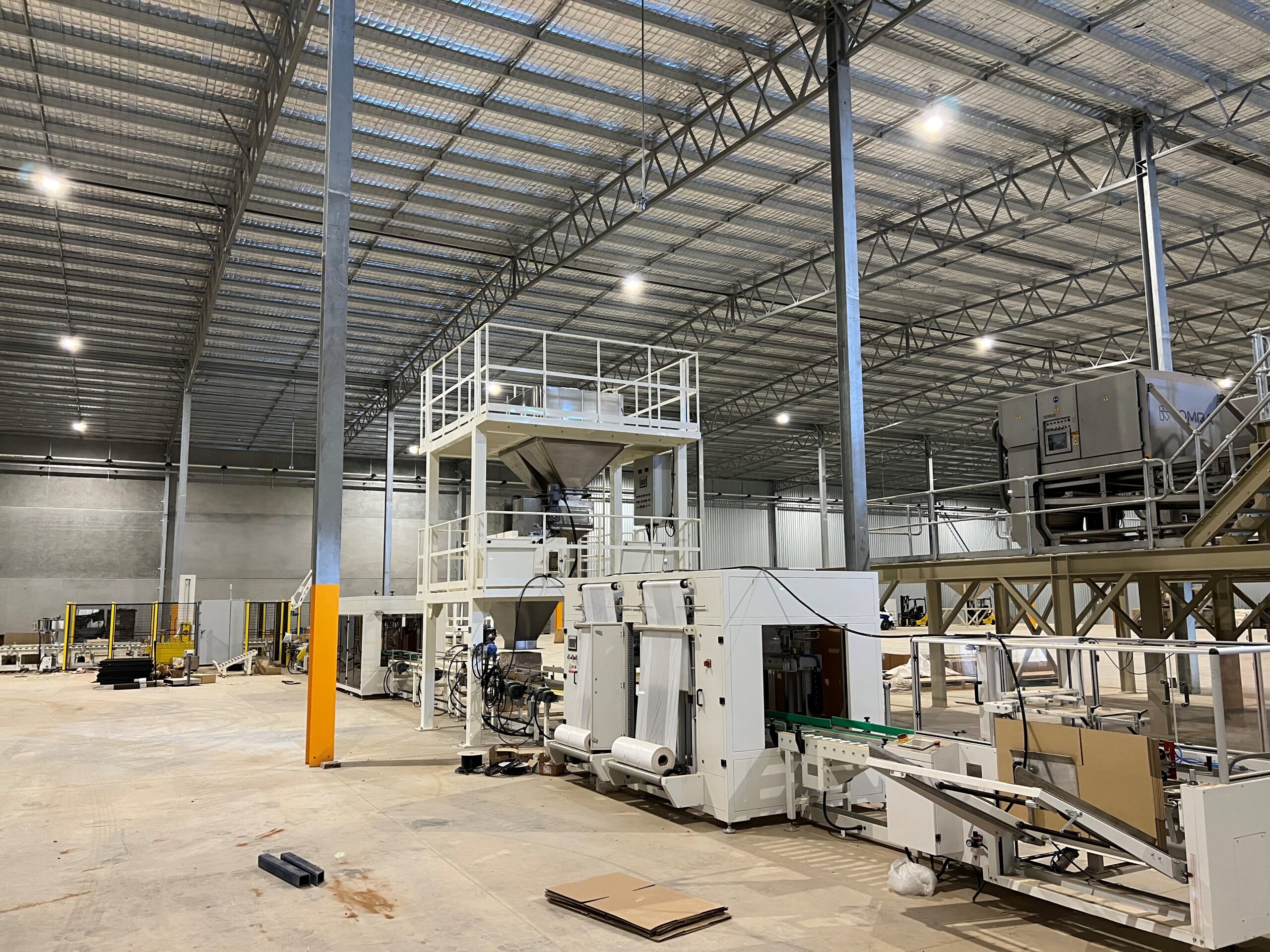Barrier protection to enhance worker safety and reduce moisture, bacterial contamination, and unwanted odours
Set up and control entire lines from a single location
Integrate and update lines when production requirements change

Prime Automated food packaging systems are labour-saving investments that reduce costs and increase the safety and efficiency of food packaging. Our lines can process hundreds of units per minute reliably and cheaply.
Prime manufactures and offers bucket elevator components and parts, so we always have stock available. If you need a replacement part or service, we can provide it as well. We guarantee the quality of our products, so you can trust that your bucket elevator will continue to work for years to come.
Our automated packaging systems take bulk food items, such as almonds or oat groats, insert them into cartons or bags, stack the resulting units onto pallets, and then wrap them to protect the contents.
Our automated packaging lines help you prevent workers from coming into contact with moving parts in the systems. They also minimise contamination of food products and enhance productivity by protecting line equipment. All our lines meet the AS4024 standard, a set of rules that specify the requirements for Australian safety cages.
Prime offers comprehensive supply and commission of fully automated packing lines. Our team can install bespoke systems to meet your desired throughput, hygiene, and safety needs.



Robotic systems stack products onto pallets, increasing efficiency and reducing manual labor in the packaging process.
Mechanical systems transport products through the packaging line, ensuring smooth, continuous movement between machines and processes.
Automatically applies labels to products for identification, branding, and compliance, ensuring precision and consistency throughout production.
Wraps products with film for protection and stability during storage and shipping, enhancing product security and appearance.
Automatically forms flat cardboard blanks into cartons, streamlining packaging and reducing manual labor in box assembly.
Fills and seals bags with products, ensuring accurate quantities and secure closures for various food items.
Industrial sewing machines close heavy-duty bags, offering strong, durable seals for bulk products like grains and powders.
Seals filled cartons with tape or glue, ensuring boxes are securely closed for shipment, enhancing protection and efficiency.
Barrier protection to enhance worker safety and reduce moisture, bacterial contamination, and unwanted odours
Set up and control entire lines from a single location
Integrate and update lines when production requirements change
Manager performance with ease from a centralised console
Get automation software that manages the speed of the line, reducing changeover downtime.
Data collection, archiving and storage
There are several types of food packaging available. Plastic packaging is one of the most widely used, thanks to its low cost, versatility, flexibility, and lightweight.
Some manufacturers use metal packaging, such as foil, cans, and trays. Metal is a particularly good material for products requiring thermal processing, such as soups, meats, and seafood.
Glass packaging is also common, thanks to its inertness and clarity. Glass lets consumers view products inside before they purchase them. Common storage vessels using the material include jars, bottles, and vials.
Paper and paperboard packaging is another option. These are usually for dry foods with low-fat content, such as sugar, cereals, tea, and coffee.
Finally, some brands use compostable and biodegradable packaging. These are special types of packaging that degrade under natural conditions without remaining in the ground long-term, causing harm. Most are made of algae, fungi, or cellulose derivatives.
We offering timely part supplies, customized designs, and system integration.
We offering timely part supplies, customized designs, and system integration.
We offering timely part supplies, customized designs, and system integration.
We offering timely part supplies, customized designs, and system integration.
We offering timely part supplies, customized designs, and system integration.